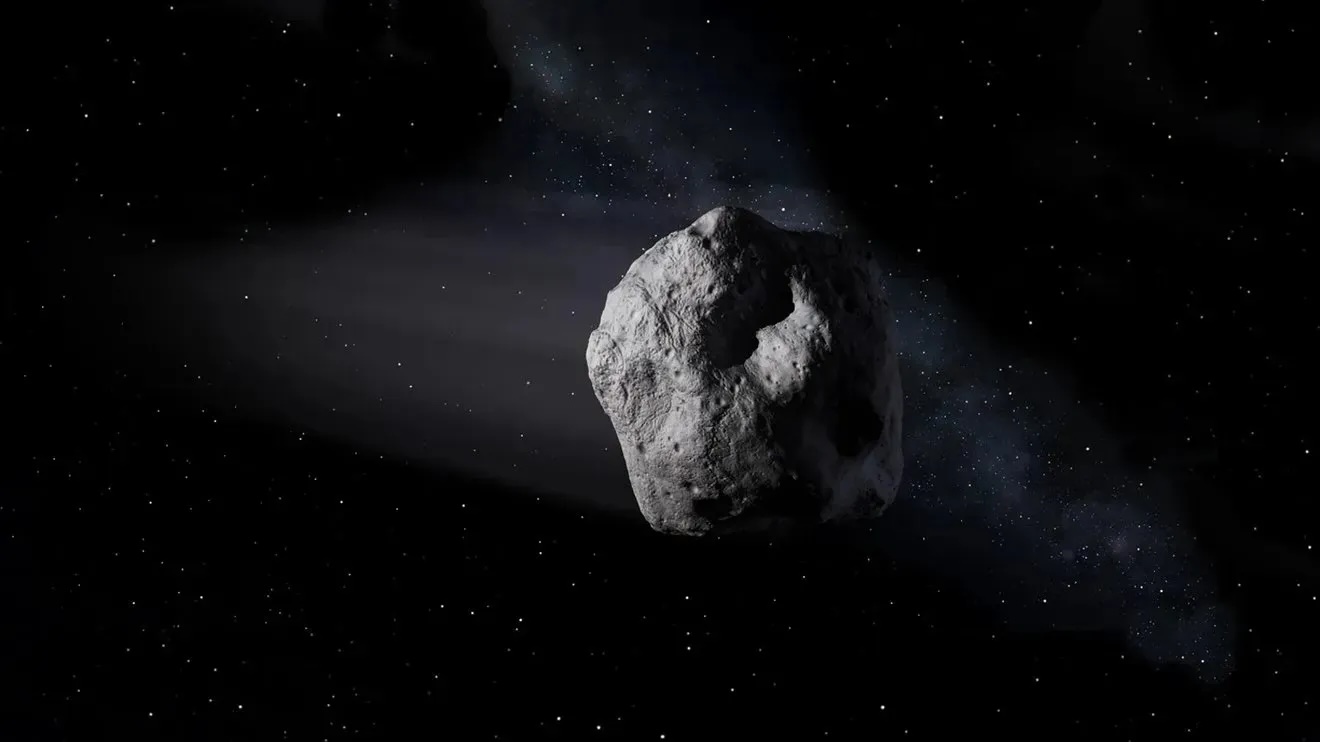When you purchase through links on our website , we may earn an affiliate direction . Here ’s how it work .
Walking statue
In June 2013 , researcher Carl Lipo and his colleagues published a composition on their hypothesis that the Easter Island statue were walked into place
Physics of walking
The team argued that the purgative of the bases allowed the statues , or moais , to be rock side to side so that they would tumble forward , walk into property .
Placing the moai
In October 2012 , they did a demonstration for a NOVA documentary , using a 10 - understructure - marvellous , 5 - ton replica of a moai on a still pathway in Hawaii .
Roped up
The team was able-bodied to take the air the moai about 328 feet ( 100 meters ) in about 40 mo . However , not all the experts in the field are convinced that this demonstration essay the moai were all walked into spot on Rapa Nui .
Fallen giant
For one , many of the statues on Rapa Nui are much prominent than the replication they used , and the roads are hilly and bumpy , making it unlikely that larger statue could have been strike that fashion , some experts say .
Broken statue
In addition , Lipo ’s team created a database of statues find oneself on the island and notice that statues that fall in theodolite had bases that were angled for walk into place . Once they were placed on their last weapons platform , the bases would be modify so they stood just .
Location of statues
However , another research worker , Jo Anne Van Tilburg of UCLA , has separate information on the fallen statues on the island . Her data point suggests that many statues that fell in passage did not have the geometry necessary for " walking . "

























